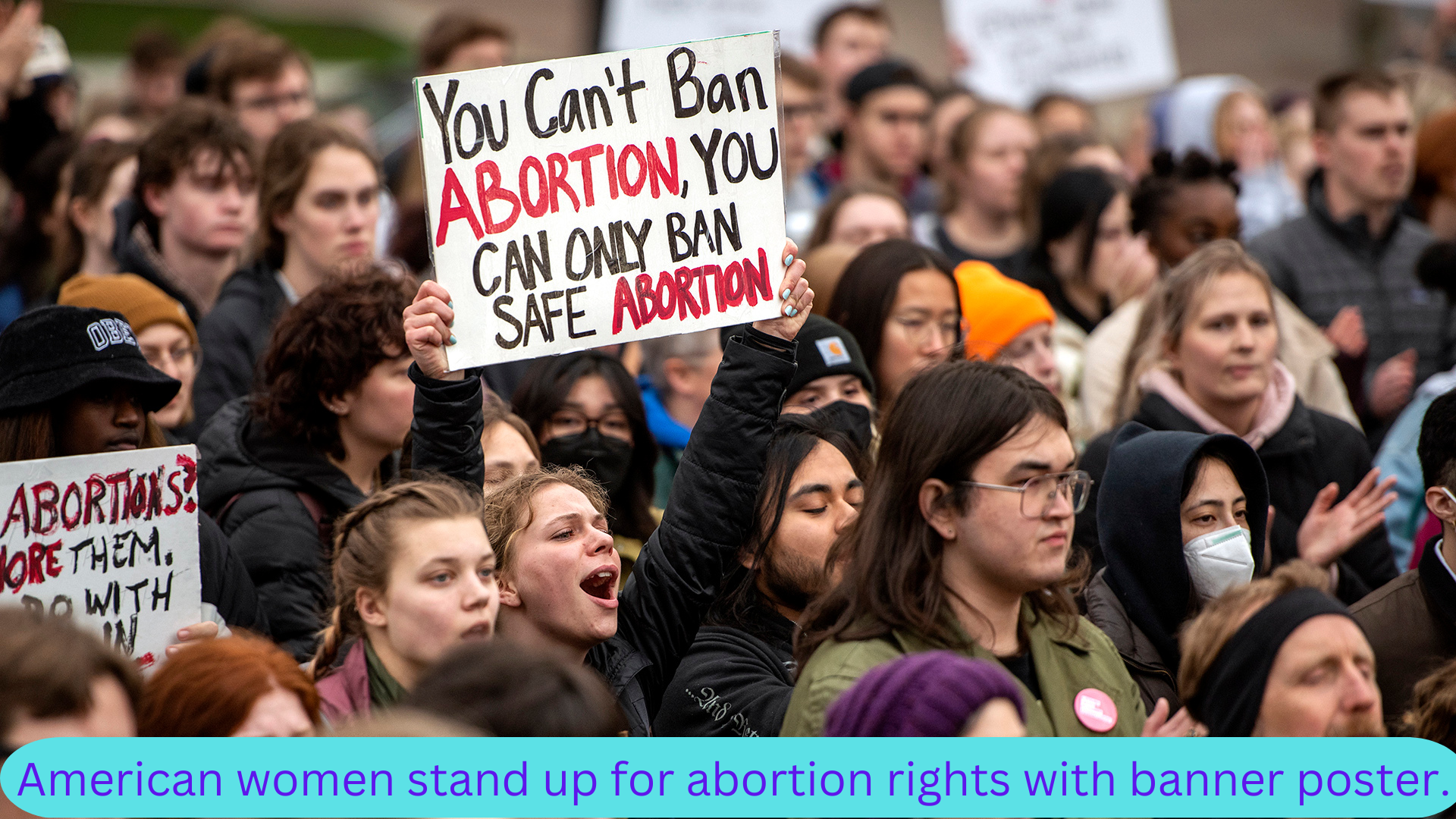On the 50th anniversary of the significant Roe v. Wade ruling, protesters rallied for the protection of abortion rights all over the country on Sunday, with a nationwide rally in Madison, Wisconsin, which reflects the shift in attention to reproductive rights at the state level. Since 1973, when the U.S. Supreme Court’s Roe v. Wade decision first established federal safeguards for abortion rights, pro-abortion advocates have demonstrated on January 22, also known as Roe v. Wade Day.
Read Also :- Click Here
However, after it was overturned last year, activists were also lamenting the decision on Sunday. The “Bigger Than Roe” protest sought to “keep momentum and build community” while also providing a safe environment for the conflicted feelings that many people may be experiencing that day. The marches were organized by the Women’s March, whose executive director, Rachel O’Leary Carmona, said the Women’s March map shows that there were protests in over 180 other cities throughout the country in addition to Washington, D.C., but the major march was in Madison.
Related News:- Click Here
After the historic Roe v. Wade ruling by the Supreme Court last year, the abortion debate in the country has moved from the federal level to the state level, Carmona explained. She declared, “The struggle is now in the States, therefore that’s where we’re heading. While this was happening, thousands of pro-life demonstrators participated in events over the weekend to commemorate the overturn of Roe v. Wade, including the annual March for Life on Friday with the theme “Next Steps: Marching in a Post-Roe America.
“The demonstrators who took part in the march on Sunday initially assembled on the campus of the University of Wisconsin-Madison, then marched along State Street, Madison’s most famous boulevard, before holding a two-hour rally in the rotunda of the state Capitol. The gathering marched to the rotunda in subfreezing weather while wearing gloves, scarves, and winter hats. The demonstrators who took part in the march on Sunday initially assembled on the campus of the University of Wisconsin-Madison, then marched along State Street, Madison’s most famous boulevard, before holding a two-hour rally in the rotunda of the state Capitol. The gathering marched to the rotunda in subfreezing weather while wearing gloves, scarves, and winter hats.

